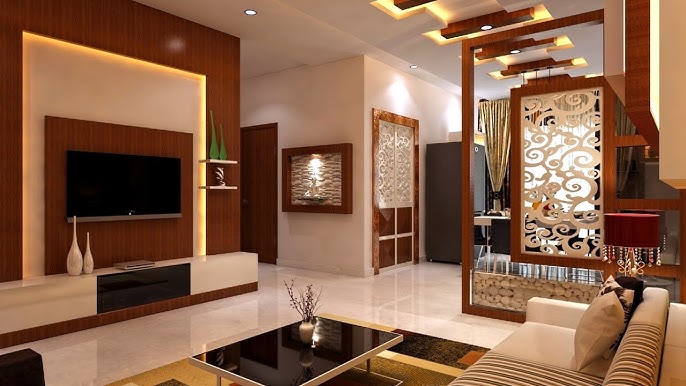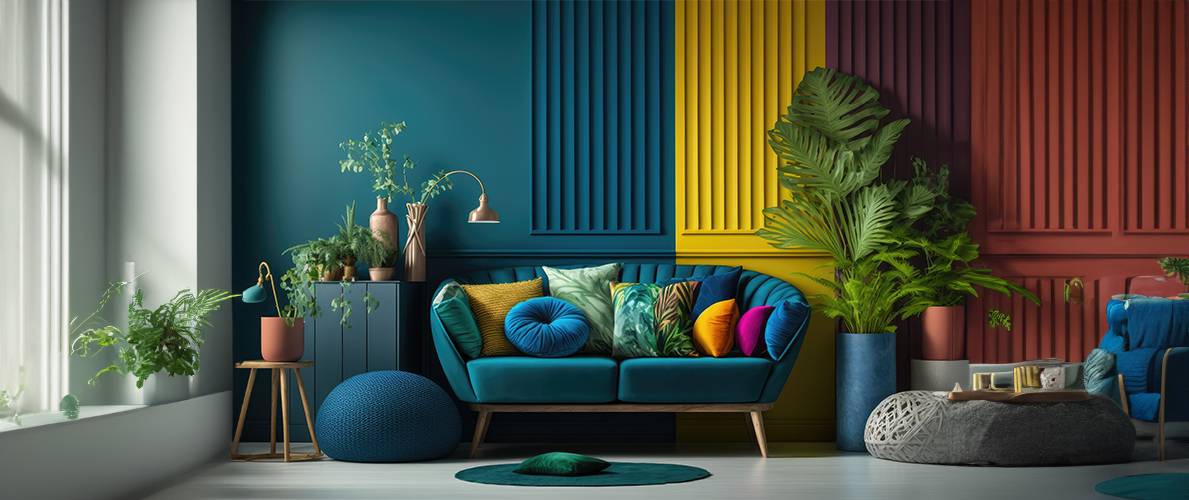Achieve miami luxury interior design for a sophisticated and stylish lifestyle.
Achieve miami luxury interior design for a sophisticated and stylish lifestyle.
Blog Article
Transform Your Home With Necessary Concepts of Interior Decoration and Aesthetic Appeals
By understanding the influence of color concept and the significance of structure and patterns, one can develop rooms that are not only visually enticing but also deeply personal. Attaining this equilibrium includes even more than mere design; it incorporates a strategic arrangement and an eager understanding of how each component engages within a room.
Comprehending Color Concept
Comprehending the principles of shade concept enables designers to create rooms that reverberate mentally with residents while fulfilling useful needs. Each classification plays an important role in developing consistency within a space.
The psychological influence of shades is profound; warm tones such as reds and oranges stimulate energy and heat, while great tones like blues and eco-friendlies advertise peace and serenity. Moreover, using corresponding colors boosts aesthetic rate of interest, creating striking contrasts that can elevate a space's charm.
Neutral shades, on the other hand, act as a flexible backdrop, enabling various other design components to shine. It is necessary to think about factors such as illumination and the room's function when picking a color combination, as these can modify the understanding of shades throughout the day.
Ultimately, a well-considered color pattern can transform an area, cultivating a sense of comfort and design that straightens with the occupants' choices. Proficiency of color theory is, consequently, a vital skill for any type of indoor developer aiming to produce unified and welcoming environments.
Accomplishing Equilibrium in Layout
How can designers accomplish a feeling of equilibrium in their spaces? Accomplishing balance in style is basic to developing harmonious interiors. Designers can use three main kinds of equilibrium: symmetrical, asymmetrical, and radial. Symmetrical balance includes preparing components equally around a main factor, cultivating a sense of order and serenity. This kind usually features pairs of furniture or artwork, improving aesthetic security.
Unbalanced balance, on the other hand, counts on varying components that still accomplish a cohesive look. This approach permits even more dynamic and informal setups, giving rate of interest while preserving equilibrium. By meticulously picking varying sizes, shades, and structures, designers can develop an aesthetically compelling room that feels balanced yet energised.
Radial balance stresses a central focal point with components radiating outward. This design is frequently seen in circular formats, where furniture and style produce a cohesive border that draws the eye internal.
Eventually, attaining balance calls for thoughtful consideration of range, proportion, and the relationships between components. miami interior design. By skillfully applying these balance concepts, designers can transform rooms into environments that really feel both aesthetically pleasing and functionally harmonious, boosting the overall experience for owners
Significance of Spatial Recognition

A keen feeling of spatial awareness enables designers to determine prime focus within an area, leading the viewer's interest to crucial functions while keeping a total feeling of unity. It additionally aids in the tactical placement of illumination, which can substantially influence the perception of space and mood. Understanding spatial partnerships makes it possible for the developer to provide to the particular needs of inhabitants, ensuring that each location offers its designated purpose without compromising aesthetics.
Inevitably, spatial recognition is vital for making best use of the possibility of any type of interior room. By very carefully thinking about the interplay in between dimensions, layout, and feature, designers can create settings that not only fulfill functional requirements but additionally evoke a feeling of convenience and charm, enhancing the general living experience.
Incorporating Texture and Patterns
Welcoming a varied variety of appearances and patterns can substantially enhance the aesthetic and tactile charm of an interior area. The tactical usage of various products-- such as wood, steel, fabric, and rock-- creates deepness and passion, making a space feel a lot more welcoming and dynamic. For example, integrating smooth surface areas with rough structures can develop a balance that attracts the eye and involves the senses.
When including patterns, think about both range and repetition. Big patterns can work as centerpieces, while smaller, refined layouts can complement other components without overwhelming the area. Layering patterns, such as pairing flower paddings with striped throws, adds intricacy and a feeling of harmony if performed attentively.
It is also essential to preserve a cohesive color palette, guaranteeing that structures and patterns collaborate instead of complete for focus. By picking a couple of vital textures and patterns, you can create a linked visual that reflects your personal style while improving the general atmosphere of the area. Inevitably, the cautious unification of these elements can transform a mundane area right into an innovative environment rich with character and heat.
Personalizing Your Area
Developing a room that mirrors your individuality is vital to achieving a really inviting setting. Customization in interior design permits you to instill your special style and interests into your home, go to this site changing it from a simple shelter right into a shelter that speaks with that you are. Begin by choosing a shade combination that resonates with your feelings-- bold tones can stimulate, while soft tones offer peace.
Integrate artwork and style that show your interests, whether More Help it be travel, nature, or abstract concepts. Presenting personal collections, such as publications, photos, or souvenirs, can stimulate cherished memories and produce centerpieces within a space. In addition, think about tailoring practical items, like upholstered furnishings, to straighten with your aesthetic choices.

Final Thought
In conclusion, the improvement of a home through the essential principles of interior decoration and looks necessitates a comprehensive understanding of shade theory, equilibrium, spatial understanding, appearance, and personalization. Each aspect adds considerably to producing an unified and useful living environment - luxury interior design. By thoughtfully integrating these principles, people can improve the aesthetic allure and psychological vibration of their spaces, ultimately promoting a home that shows special More Help identifications while giving convenience and usefulness
Report this page